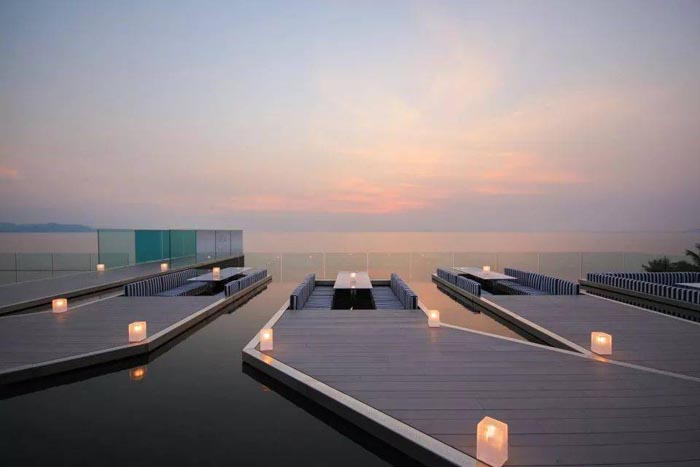During the installation process of the stone, it is necessary to ensure the true natural color of the surface without pollution, and certain waterproof measures must be taken. At present, there are three methods for installing waterproof and sealing stone. Let's take a look at it with the editor of FABULOUS Group.

1. No sealant is added to the gaps, and air convection is formed on the back of the stone, and water vapor is discharged outside to prevent the temperature difference on the surface of the stone so that the inner surface of the stone will not be condensed.
2. The semi-sealed sealing type is to keep the external facade in a position without sealant. The external facade has a good three-dimensional effect. In fact, the glue layer is hidden inside the node, but the thickness of the sealant should be about 6mm, but Cannot exceed the width, and its width should be calculated and determined according to the quality of the glue.
3. Use neutral sealing silicone glue, which is a special glue for stone, to seal all the seams of the facade. Rainwater on the facade cannot enter the back of the stone, so that the stone is kept in a dry state. Except for rain and snow, make sure The flexural strength and shear strength of the stone remain unchanged. It is necessary to ensure that the stone does not freeze or alkalize, and to ensure the permanence of the project.

In addition, when sealing the stone, there must be a consciousness that although the stone cannot breathe like a human, it also needs to be "ventilated" to ensure the survival and reproduction of bacteria in the stone. When sealing, many measures are developed around these two points.
Although a stone cannot breathe like a human, it also needs "breathability". The stone is composed of various crystals, and the crystals are composed of various minerals. The crystal structure formed by these minerals determines the type of stone is marble. If it is limestone or granite, the water in the stone also needs to evaporate to the outside through the gap.